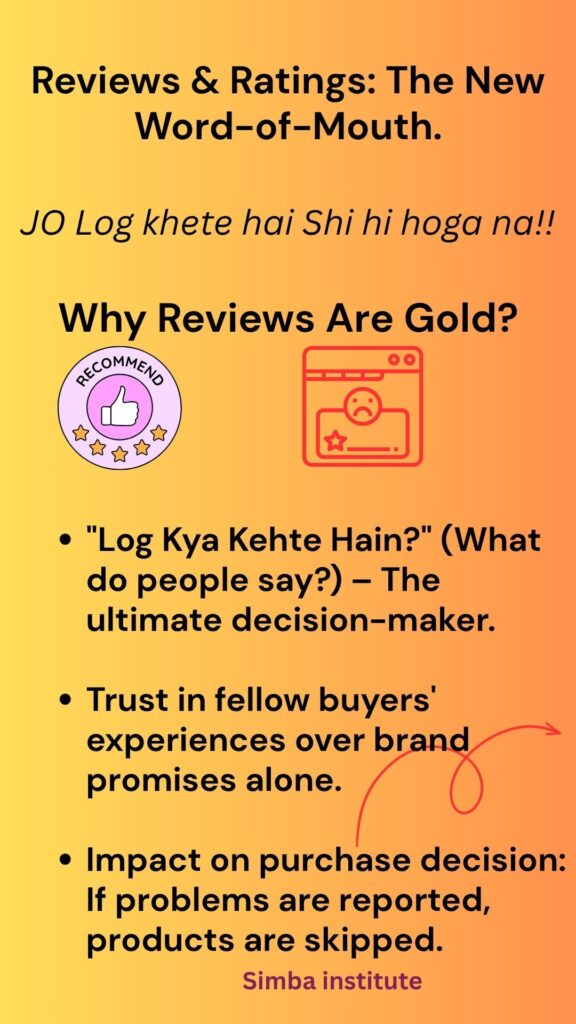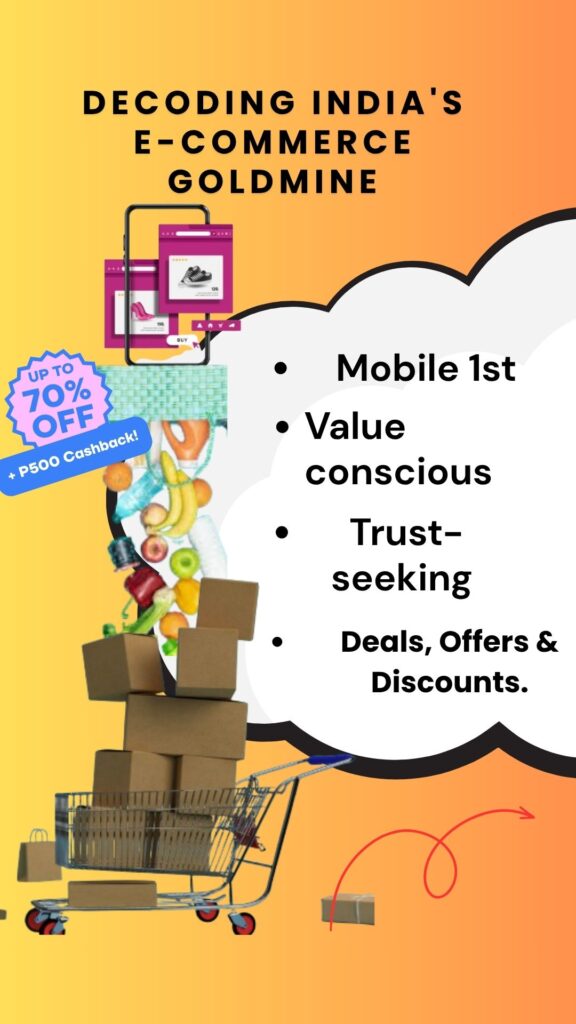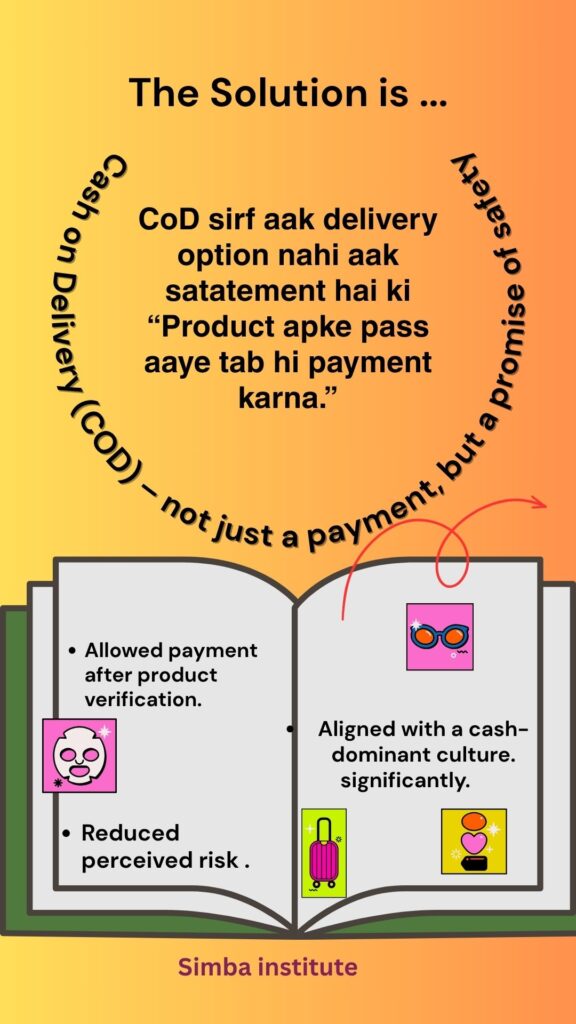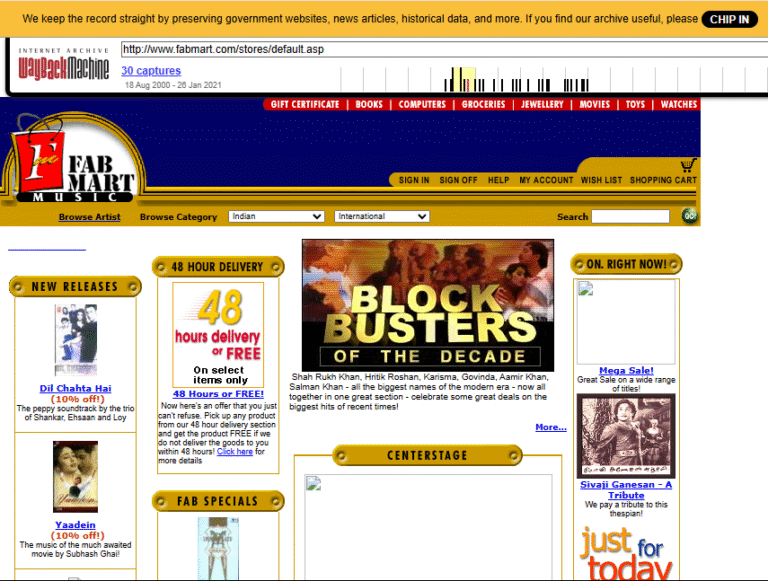- Written by: SimbaHardik
- June 21, 2025
- Categories: Blog
- Tags:
Decoding Indian E-Buyers: Value-Conscious, Trust-seeking, Mobile-First.



Introduction from History➖
So, picture this: it’s way back in ’99. The internet was still kind of a newfangled thing for most folks in India, right? And here comes this website, Fabmart.com.
Think of it like the very first digital dukaan (shop) you could visit without leaving your house!
These guys started by selling stuff that was relatively easy to handle—music CDs and books.
Remember those? You couldn’t just stream everything back then! Buying a CD or a book often meant a trip to a physical store. Fabmart said, ‘Hey, why not get it delivered?’ Pretty revolutionary for the time!
Later on, they even started thinking bigger, like, ‘What if you could order your kirana (groceries) online too?’ That was a huge leap!
Now, it wasn’t all smooth sailing. Imagine trying to get stuff delivered when not everyone even had a reliable address online! And paying? Forget swiping your card everywhere; most people weren’t doing that online yet.
So, Fabmart was really pushing the boundaries, trying to make this whole ‘buy online’ thing work in a world that wasn’t quite ready for it.
Even though they faced a ton of hurdles—low internet, people not trusting online payments—the fact that they even tried to do this back then? That’s what makes them the pioneers.
They were the first ones to say, ‘Let’s sell stuff to India… on the internet!’ It’s like they planted the very first seed of the e-commerce world we see booming today. Pretty cool, huh?
And eventually it closed, and now there is no trace of it on the internet. So Feb Mart became the memories of the Indian e-commerce platform.




